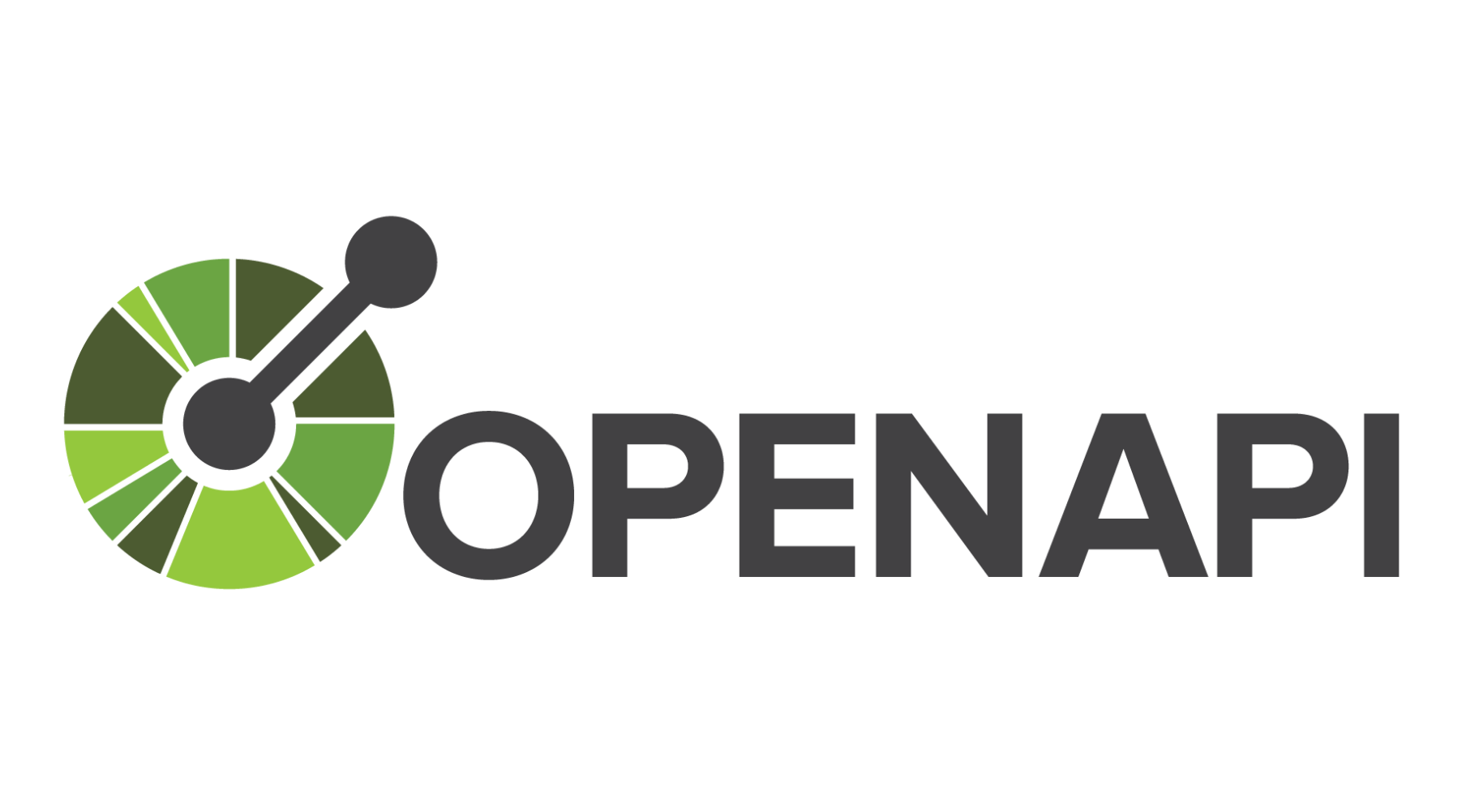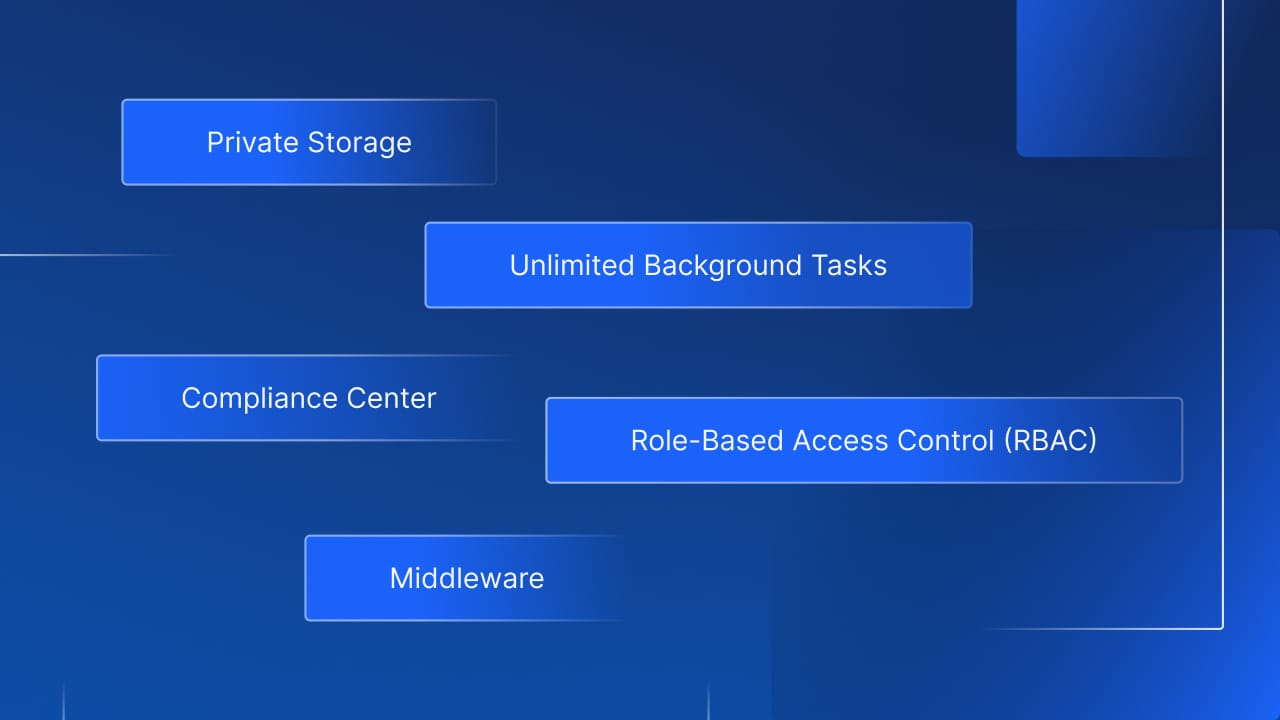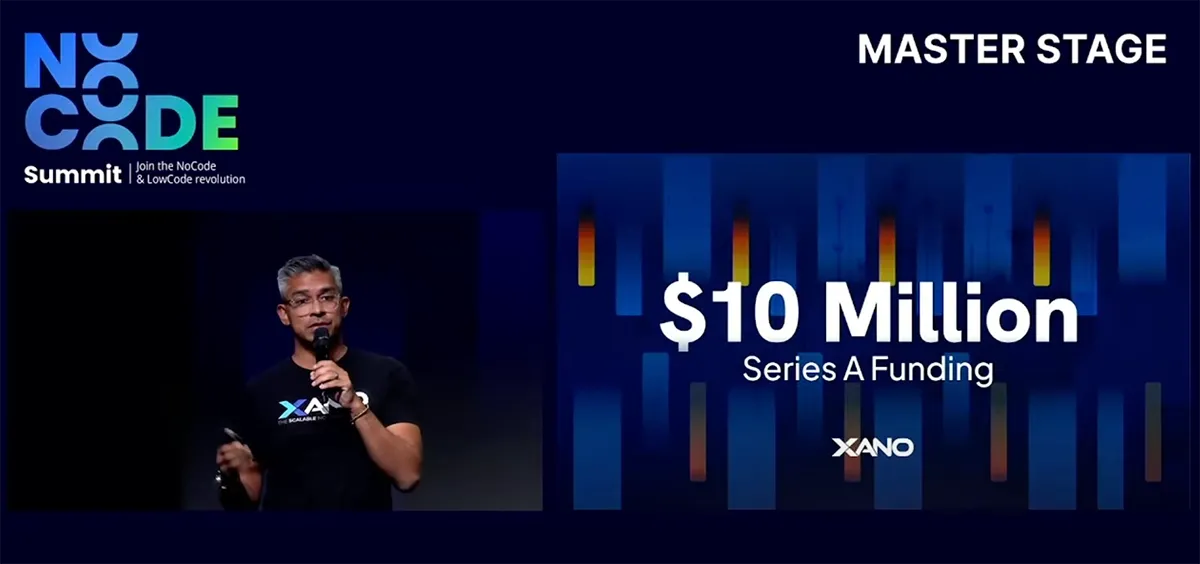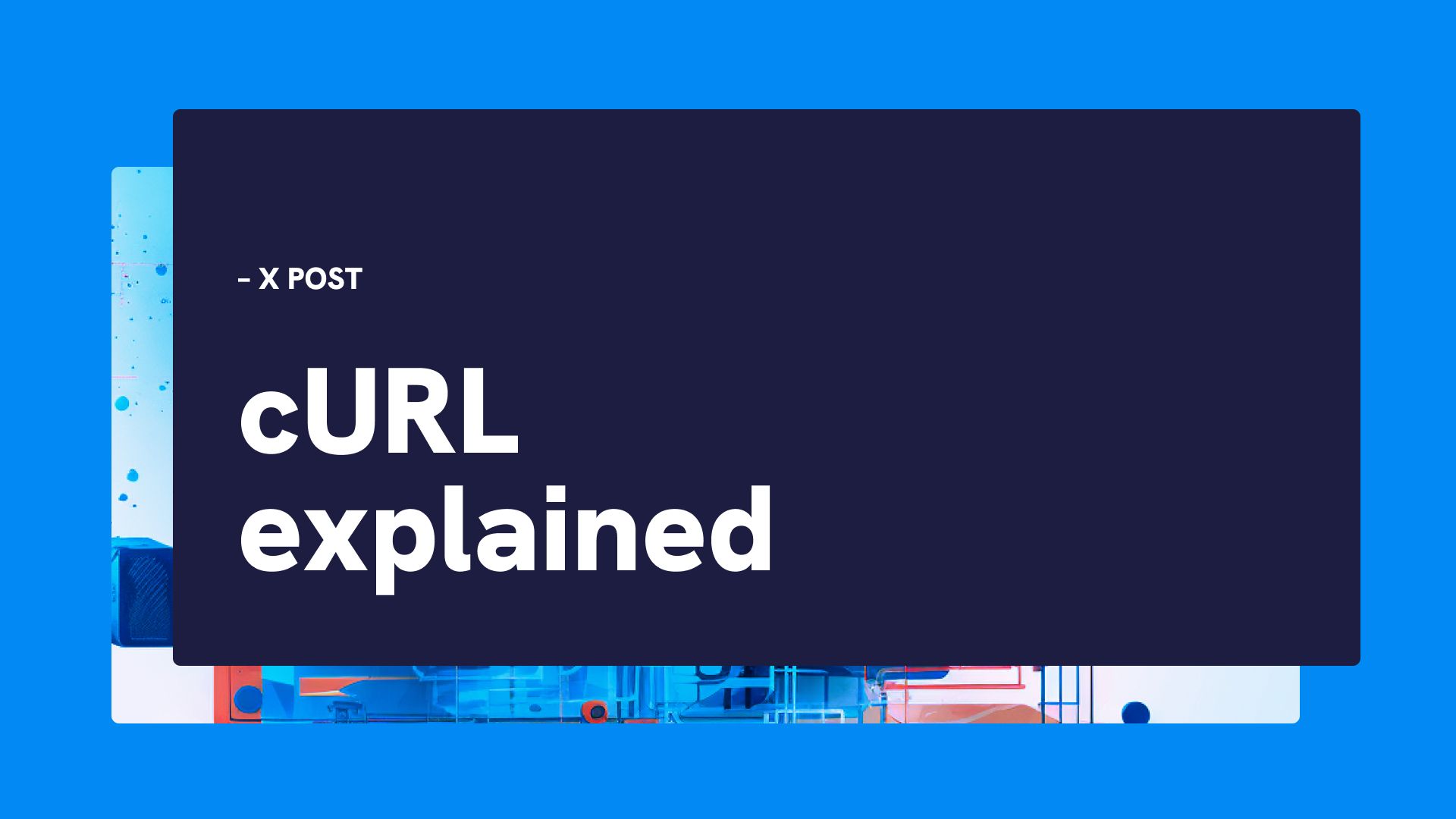OpenAPI Specification: The Definitive Guide
By Xano | December 8, 2021

OpenAPI specification is an API description format for REST APIs that allows you to describe available endpoints, operation parameters, and authentication methods. Once part of the Swagger framework, OpenAPI became a separate project in 2016 that has gained support from several high-profile professionals and major tech companies since.
With service-based applications and microservices on the rise, having a standard interface definition for RESTful APIs is more important than ever. This is in large part the reason OpenAPI specification has gained so much traction and enthusiasm. It enables third-party users to understand a given service as long as they have basic knowledge of RESTful APIs (which most tech professionals do these days).
Below, we will provide a guide on the history and benefits of OpenAPI specification.
What Is OpenAPI Specification?
OpenAPI Specification maintains a standard interface description for HTTP APIs that is completely programming-language agnostic. This means both humans and machines can easily discover and understand an API's capabilities without needing source codes or excessive documentation. This allows you to interact with a remote service through an API without employing much implementation logic, greatly simplifying the process of computers and applications interacting with one another.
Using OpenAPI specification, software developers define API essentials such as:
- Authentication techniques
- Endpoints and endpoint operations
- Input and output operation parameters
- Legal information such as terms of use and licensing
OpenAPI specification allows APIs to communicate through a standard and community-driven language, which is a major reason it has gotten so much positive attention in the programming community.
What Is Swagger?
It is important to talk about Swagger here as OpenAPI specification and Swagger are often incorrectly used interchangeably. Swagger is a company associated with many tools used to implement OpenAPI such as Swagger Editor, Swagger UI, and Swagger Codegen. OpenAPI specification actually began as a Swagger project called Swagger Specification, hence the confusion.
However, in 2016, OpenAPI specification became its own separate project (although Swagger is still heavily involved and very supportive). The OpenAPI initiative has grown since then and now includes representatives from major companies like Microsoft, Google, and IBM.
It is important to distinguish between Swagger and OpenAPI as many erroneously believe that only Swagger tools can implement OpenAPI specification. In reality, a wide variety of tools are compatible with OpenAPI and the project has been specifically designed to work with as many tools and languages as possible.
Can I Participate In OpenAPI Specification?
OpenAPI Specification is an ongoing project that relies on community support and insight to continue to improve. Individuals and companies are actually openly encouraged to participate, but it is recommended that you review the developer guidelines on GitHub first. You should also look at the issues and pull requests (also accessible through GitHub) to ensure your specific ideas and feedback have not already been accommodated.
Not every suggestion will be implemented, of course, but being part of the conversation can always help generate ideas, contributing to the overall betterment of OpenAPI.
Why Should I Use OpenAPI Specification?
Historically, there have been many attempts to allow machine-readable API descriptions, but nothing has ever come close to OpenAPI's versatility, community support, and detail. As a result, there are many benefits to using OpenAPI.
When using OpenAPI specification, you'll be part of a built-in community. Multiple developers collaborate on OpenAPI specifications using pull requests, issue trackers, and more. The ability to easily collaborate with others is a major advantage of OpenAPI as it can help you improve your APIs during the development process.
OpenAPI can also reduce errors and ensure quality. Standardized toolchains can convert API definitions into code for you, saving heaps of time manually coding, and you can test every part of your system against OpenAPI as it's machine-readable.
OpenAPI also makes it much easier to publish and market your APIs. Publishing an OpenAPI definition alongside your API allows virtually anyone to use your API with their preferred tools, eliminating barriers that may otherwise be in place.
The Bottom Line
OpenAPI specification is an exciting ongoing project. It strives to create a universal programming language-agnostic approach to describing APIs and encourages programmers and businesses to participate in this endeavor. If you are not already familiar with OpenAPI, now is a good time to get involved as it is poised to become even more popular in the years to come.
Looking for solutions for your company? Xano is the fastest No Code Backend development platform on the market. We give you a scalable server, a flexible database, and a No code API builder that can transform, filter, and integrate with data from anywhere. Sign up here to get started.
The post OpenAPI Specification: The Definitive Guide appeared first on Xano.









